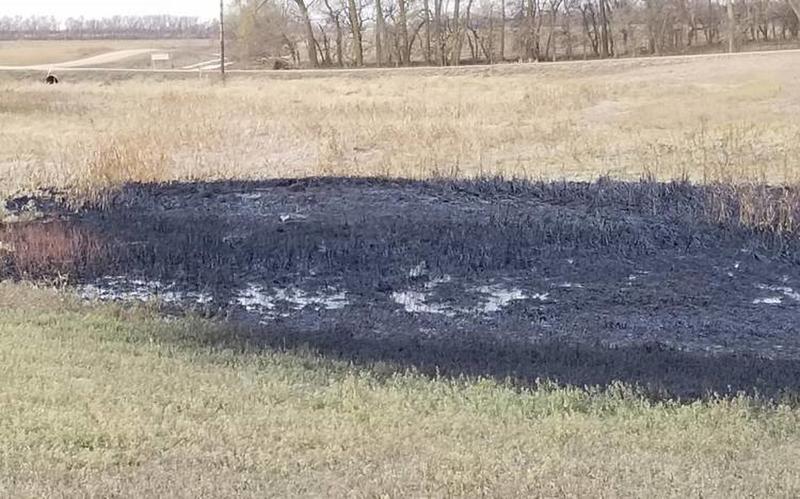Oil pipelines are much more dangerous than the companies who create them care to admit. They are much more dangerous than we care to admit ourselves. In fact, anything to do with oil can have horrible consequences, like oil tankers that spill millions of gallons of oil into our oceans.
When the Keystone Pipeline was being built in the wetlands of North Dakota, there was outcry from indigenous groups in the area as well as environmentalists. They knew that only tragedy could come from a pipeline of that magnitude in that area. Unfortunately or us, they were correct.
The thing about an oil spill is that they can be nearly impossible to clean, if not completely impossible. There are things we can do to help clean and fix damages, but simply by the oil spilling, the damage is already done. Now it is feared that the Keystone oil pipline spill will be impossible to clean.

Last week the unthinkable happened - if you were naive enough to think this wouldn't happen. The Keystone Pipeline burst which caused thousands of gallons of oil to spill into the North Dakota wetlands. It is known as tar sands oil and there will be no way to clean it. The whole pipeline had started in 2010. From the get go, environmental organizations, farmers, and indigenous groups were all against it. The purpose was to carry the tar sands oil from Alberta Canada across 2,000 miles through the Dakotas wetlands, and eventually reach Nebraska and Illinois. While there is economic validity to the project, the risk involved was far too great for many people to warrant.

The spill brings to life all the fears that environmental groups, farmers, and indigenous groups have been warning about for nearly a decade.
TC Energy which was formerly known as TransCanada had already stated that the pipeline would spill at least 11 times over the timespan of five decades. That would bring about a spill every seven years. That projection is already unacceptable. In the nine years since the project started, it's spilled four times, creating a mix of water, clay, and heavy oil that is mixed with chemicals to allow it to flow.

The amount of oil spilled out in the pipeline is estimated at 383,000 gallons. The spill directly affects Edinburg, North Dakota, which is a super small rural town with a population of 200. The chemicals in the oil evaporate into the air, creating toxic air pollution. The remaining materials sinks into the ground which could affect drinking water and soil. The damage could persist for years.
Dian Orihel is a professor of aquatic ecotoxicology at Queens University. She said, "Once bitumen sinks to the bottom of a lake or wetland, it is much more problematic to clean up than conventional oil, which floats nicely and can be skimmed off the surface." The wetlands are home to different wildlife, like Canada geese and American bittern. Michael Boufadel, a civil and environmental engineering professor said, "Wetlands are a fragile environment, the most sensitive. On the other extreme is rocks. So if you told me there's an oil spill in wetlands, I would tell you that's the worst-case scenario."

TC Energy knows that there is in inevitability with the spills on the pipelines, so what they do is try to hide the damage. They will often give incorrect numbers regarding how much oil was spilled. For now, all we know is that the damage is immense.